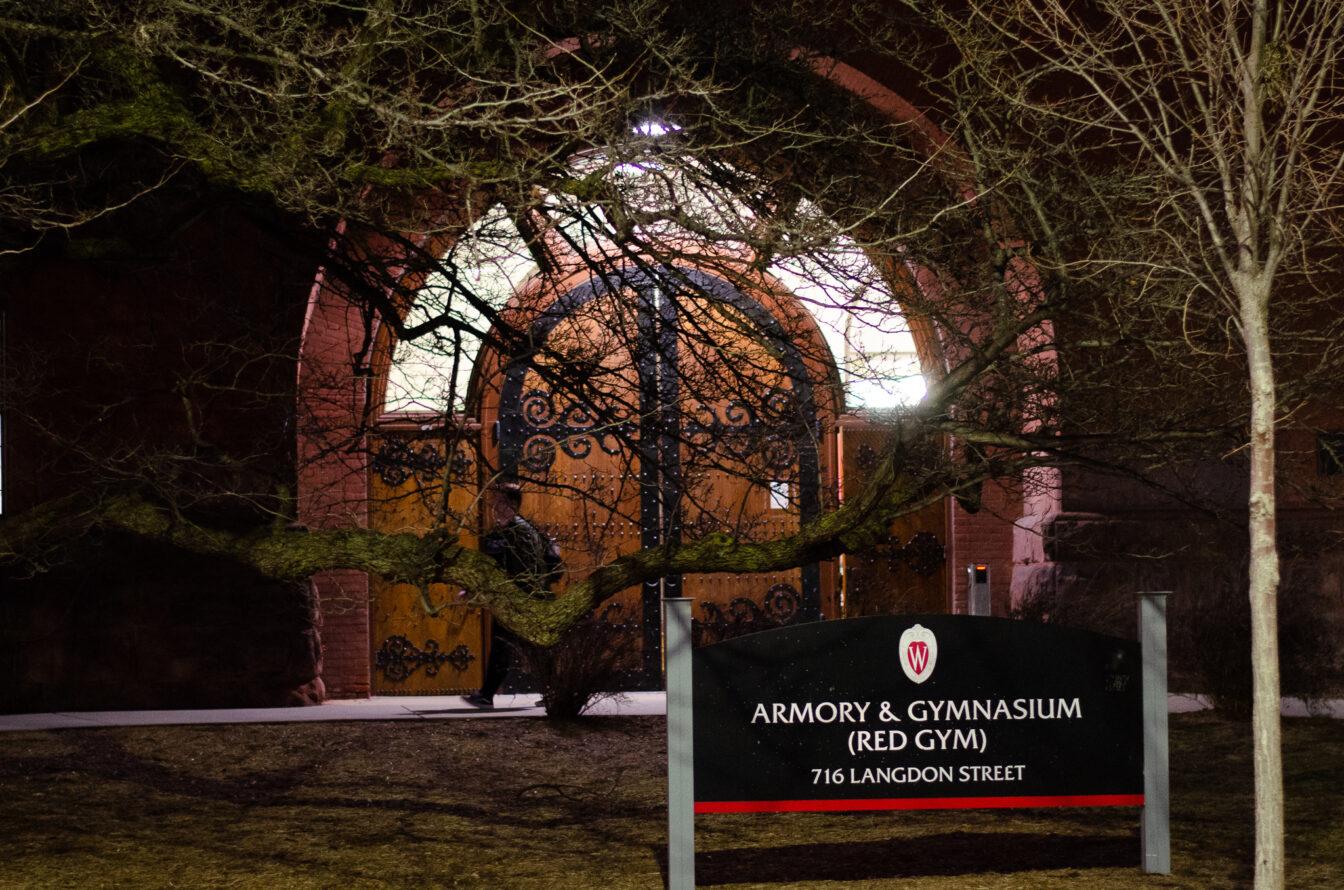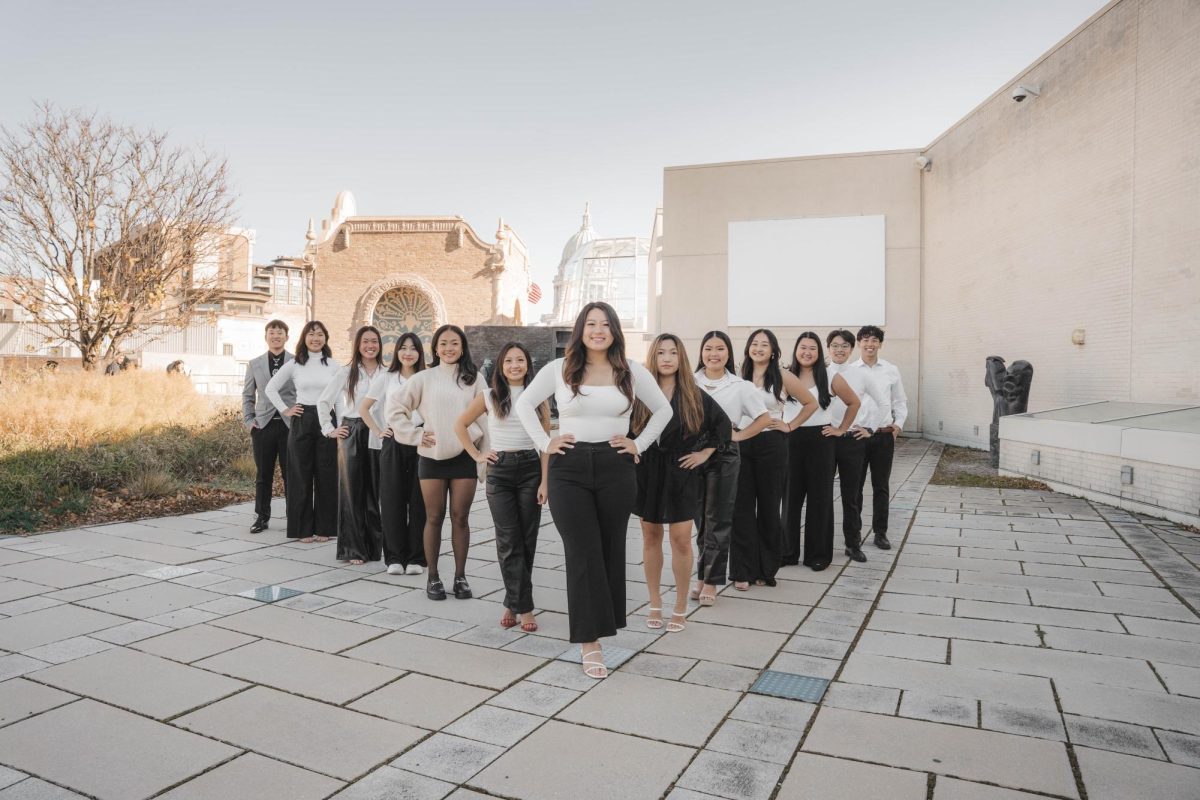BOSTON — While President Donald Trump seeks to reframe what American popular culture understands fake news to be, scientists are taking matters into their own hands.
Three leading researchers of science communication — including one from the University of Wisconsin — served on a panel discussing social media and fake news at the annual American Association for the Advancement of Science meeting in Boston over the weekend.
The FAKE NEWS media (failing @nytimes, @NBCNews, @ABC, @CBS, @CNN) is not my enemy, it is the enemy of the American People!
— Donald J. Trump (@realDonaldTrump) February 17, 2017
Offering insight from one end of the spectrum, Julie Coiro, an associate professor at the University of Rhode Island asserted a major component of curbing the spread of fake news is implementing strong media literacy education for students as early as elementary school.
Citing a study surveying 2,700 students between the ages of 11 and 18, Coiro demonstrated how today’s students aren’t equipped to analyze news sources.
She noted research also suggests many college students and even adults well beyond the age of matriculation still struggle with determining the legitimacy of a news source or identifying mainstream media outlets.
“This is hard, even for adults,” Coiro said. “It takes a lot of cognitive effort. Who wants to stop — when we can click so quickly — to actually think, ‘Wait a minute, who wrote this, and what does that mean for the information that’s on this page?’”
Committee plans to use social media to ease relations between community, police
Conversely, Dominique Brossard, a UW life sciences communications professor, argued science journalists and publications are not without blame for the spread of misinformation.
To illustrate her point, Brossard presented headlines from two publications, MIT Review and Science Magazine, both covering the same scientific event.
The MIT Review, a publication of a major research university, wrote “U.S. Panel Endorses Designer Babies to Avoid Serious Disease,” while Science Magazine, which is more geared toward reaching a popular audience, wrote “U.S. scientists back gene editing but warn against ‘designer babies'”
In this scenario, MIT Review, seen as the more reliable of the two, made a “glaring error” in stating scientists endorsed the practice of designer babies when that was not true, Brossard said. Carelessness like that in headlines, she said, is where science journalism is spreading misinformation to the public.
But Dan Kahan, a professor at Yale Law School, presented evidence that the problem isn’t a matter of the public being presented with fake news — it’s a matter of many people with high numeracy, or training in high levels of science reasoning, that is leading to a more polarized information environment.
These people with high numeracy, Kahan explained, are better at rationalizing data away. And so, when presented with information that contradicts their world perspective, they tend to disregard it and feel more strongly about their original position. This polarization effect can be seen in topics ranging from opinions on gun control to fracking and climate change.
“Now, this is what I want to say about the fake news at this point: You wouldn’t expect to see these kinds of results unless people were the culturally motivated reasoners that I’m talking about,” Kahan said. “Nobody gave them any misinformation in this study, they were misinforming themselves about the data.”
Still, even in light of this stark perspective, Brossard had three suggestions for those tasked with communicating science to the public.
One, that scientists do their best to work and cooperate with journalists so that they can get the facts right.
“Journalists tend to make science way more certain than it is,” Brossard said.
Two, Brossard suggested research universities and institutions implement damage control to address circumstances where their science is taken out of context. Similar to the damage control major corporations to protect their image, Brossard wants to see those charged with disseminating science take as much care to concern themselves with ensuring the truth is protected.
Finally, Brossard said she would like to see the search engines of the world, including the likes of Google, remove retracted studies from the wider internet so they cannot be used to spread misinformation or be used for “nefarious reasons.”
While misinformation in science communication is not new, Trump does give special cause for concern to the field, Kahan said.
“Here’s the special danger of Donald Trump,” Kahan said. “He can’t be ignored … he’s the president of the United States, he’s going to get publicity for his statements, ones that he knows will end up dividing people. And the temptation is always to fight back.”
But this temptation to fight back over a contested science issue creates this impression that the topic is an it’s “us” versus “them,” Kahan said
Social media at times ‘scary,’ but crucial means of communication for university
When something like a contested science issue is presented to the general public, people end up not trying to understand the dimensions of an argument, but instead attempt to determine which side of the argument they should be on given who they believe themselves to be within this “social construct,” Kahan said.
Trump’s use of this technique, Kahan said, is polluting the science communication environment and dividing the public.
“[It’s] the cancer on the body politic of the enlightened democracy,” Kahan said. “He’s making us more and more confused about what the best evidence is.”
To fight this growing cancer, Coiro suggested supporting young students to be critical producers of online information as well as critical consumers of it.
In learning how to become both, Coiro said culture will be able to move toward understanding the story as a whole.
“We’ve gotten into such a culture of persuasion and trying to enforce how good our ideas are and how bad somebody else’s is, rather than the Finish word for argumentation, which is this notion of ‘to learn,’” Coiro said. “It is not to persuade, it is to teach you about the whole context and both sides.”

















